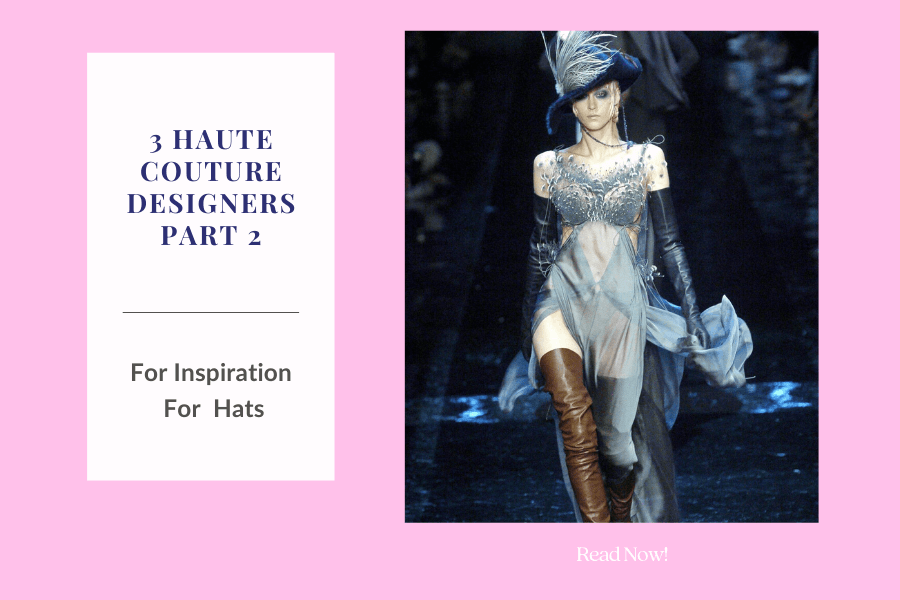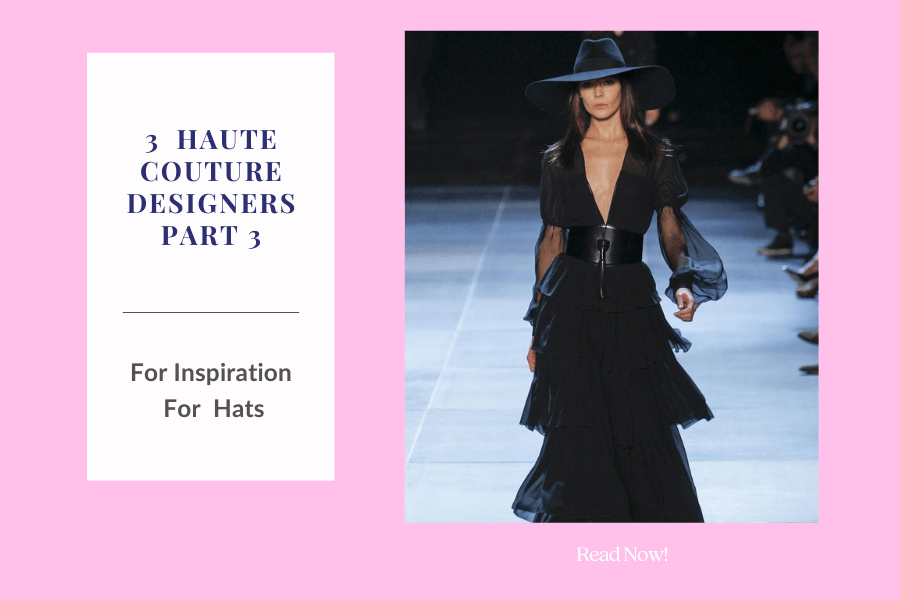
"Women are most fascinating between the ages of 35 and 40 after they have won a few races and know how to pace themselves. Since few women ever pass 40, maximum fascination can continue indefinitely"

Christian Dior was born in France in 1905. As a child he would spend hours hand sewing with his grandmother and making costumes for his siblings. Although Dior was interested in the arts, upon completing school he enrolled in a business college to please his parents. He however still maintained an interest in creating costumes for friends to wear while attending costume balls and for small plays that he and his friends would perform at their intimate parties.
Eventually Dior and a friend opened an Art Museum which was financed by Dior's father. Several years after the museum's opening, on the verge of World War II, the museum closed and Dior started selling fashion illustrations to fashion magazines to support himself. In 1937 Dior took a job as a designer for Robert Pignet. Dior left Robert Pignet in 1939 when he was called to military service. Upon leaving the military in 1942 Dior took a job at Lucien Lelong, working alongside Pierre Balmain.

After working for Lucien Lelong for four years, in 1946 Dior was approached by a friend who recommended him to Marcel Boussac, a cotton fabric magnate, who invested in Dior to start his own couture house at 30 Avenues, Montaigne, with Pierre Cardin as his Head of Tailoring.
In 1947 Christian Dior showed his first collection which he called the Corolle collection. This collection featured narrow shoulders, tiny waists, padded hips and full skirts that finished at calf length. They featured corseted waists and petticoats. At a time when World War II had just ended and fabric and clothing was still rationed, many people in the general public were outraged and Dior's garments caused uproar in several countries. Carmel Snow, editor-in-chief of Harper's Bazaar however loved Dior's Carolle line and dubbed it the "New Look".

International fame soon followed Dior and in the same year as his first collection, Dior wo the Neiman Marcus Oscar for fashion. In 1948 Dior expanded his couture collection when the first Dior Boutique opened in New York and Christin Dior perfumes was created with the Miss Dior perfume as its very first perfume. Soon after this, Dior started creating garments for movies with Hollywood darlings such as Audrey Hepburn wearing his creations in their movies.
His boutique continued to grow and in 1950 Dior showed his collection in London for the first time. The "New Look" however was becoming too common for Dior as everyone from the couture houses down to the lower class ready to wear shops had a version of the "New Look". So Dior introduced shorter skirts and boxy jackets. Pierre Cardin also left ion 1950 to open his own fashion house.

In 1951 Dior expanded his empire further by introducing his first range of stockings which were packaged in cardboard boxes to create the couture feel, and also opened Christian Dior Delman which primarily produced shoes designed by Roeger Vivier. In 1953 Christian Dior Venezula opened which was a boutique line which sold custom made ready to wear designs from Paris. 1954 saw Dior employ a young man named Yves Saint Laurent who would eventually become the Creative Director of Dior's empire. In the same year Dior opened in London and created the H line.
In 1955 Yves Saint Laurent was promoted to Design Assistant and Dior, keen to create another trend designed both the A line and the Y silhouette and was inspired by oriental influences.

Dior continued to expand and in 1957 Dior celebrated 10 years since his first collection was shown.
Tragically 1957 was also the year that Dior passed away from a heart attack while on holiday. After the death of Dior and with it the "Golden Age of Couture", Yves Saint Laurent was appointed as Creative Director of Dior's empire.
After his passing Dior's empire has continued to grow and Dior salons can now be found in 24 countries around the world.

Dior was the main influence in bringing back couture and glamour after World War II. He can also be credited with making France the fashion capital of the world and with promoting France through his constant travels. Christian Dior was so concerned with how people would interpret his designs if they were copied that he would throw them out of his fashion shows if he saw them copying his designs. He would then provide businesses with a
fashion sketch and fabric samples and details of trim, cut, etc. so that they could not distort his designs and so he could be credited with designing the garment, he was incredibly concerned with copyrighting his designs. He is also the reason why so many designers are able to branch into not only designing clothing but also jewelry, accessories, lingerie and other wearable items as in his time Dior not only had couture dresses, suits and coats under his label but also hats, gloves, stockings, shoes, perfumes and furs. He made one stop shopping possible for his distinct clientele.
Christian Dior launched the careers of several talented designers including Pierre Cardin and Yves Saint Laurent while he was alive and Marc Bohan, Gianfranco Ferre, John Galliano, Raf Simons and Maria Grazia Chiuri whom after Dior's death all played the role of creative director at the House of Dior.

Dior's designs are still relevant today with many brides still sporting the full skirts and tiny waists, the corsetry and petticoats and the vast amount of fabric that could be found in dresses from Dior's Corolle collection. Many designers have copied the same fitted style of his jackets and skirts from the Corolle collection as well and variations can be found in any commercial pattern book. The country feel of his H line with the loose boxy coats and straight skirts just past the knee is still worn in rural parts of the world. The bubble style hem found in Dior's Y line dresses has frequented cocktail dresses no less than 10 years ago in varying lengths and imitations can be found of the gorgeous "Cygnet Noir" (Black Swan) strapless gown from Dior's 1949 collection in pattern books, bridal stores and most ready to wear evening collections.
Dior was, is and always will remain timeless, elegant and beautiful to those who truly appreciate couture.

About the Author
Melissa Rath is an Australian milliner creating unique, handcrafted hats. She shares insights on design, styling, colour theory, the history of hats and all things millinery.



